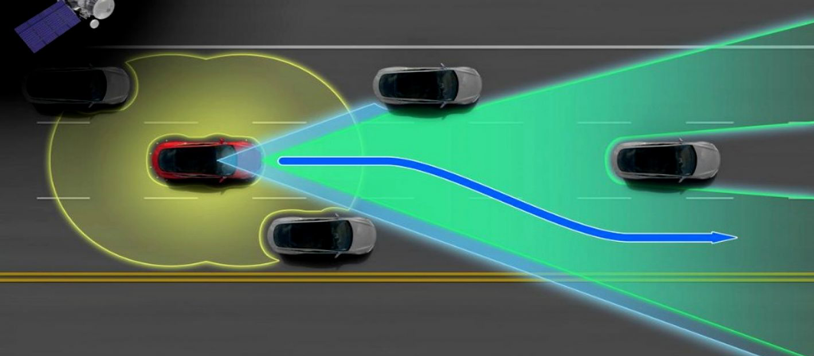Impact Assessment of Automated Driving on Highway Traffic Flow
Subject
The objective of this research is to develop a simulation-based impact assessment methodology to quantify the potential impacts and risks of automated driving. This methodology will be used to evaluate the state of the art automation functionalities (level 2 and 3) and predict their safety and efficiency impacts on the highway traffic that includes both automated and manual vehicles.
Scientific challenges
Traffic flow simulation is based on models for human, vehicle and environment combined with their uncertain and dynamic interactions. Achieving a balance between computational load and modelling quality (fidelity of the sub-models and realism of scenario assumptions) to ensure the predictive validity of the simulation platform is a challenge.
Along with the simulation platform, the quantification methodology is an important part of impact assessment. The impact measurement may depend on the indicators used and impact interpretation may differ from an individual and collective perspective. Therefore, developing a standard quantification methodology with indicators and critical scenarios to objectively quantify the impacts of automated driving is yet another challenge.

Societal relevance
The experimentally collected real-world behaviour of users of automation and surrounding traffic will serve to greatly improve the realism of the mixed traffic flow model. This model will be used to obtain insights on the benefits and risks of vehicle automation with increasing penetration levels on road safety and traffic flow characteristics. These insights will be of use to policy makers and technology developers. Furthermore, this model can be used by designers to predict the implications of their design in advance to real world testing.
Freddy Antony Mullakkal BabuStart/end date: 8th May, 2015 - May, 2019 |